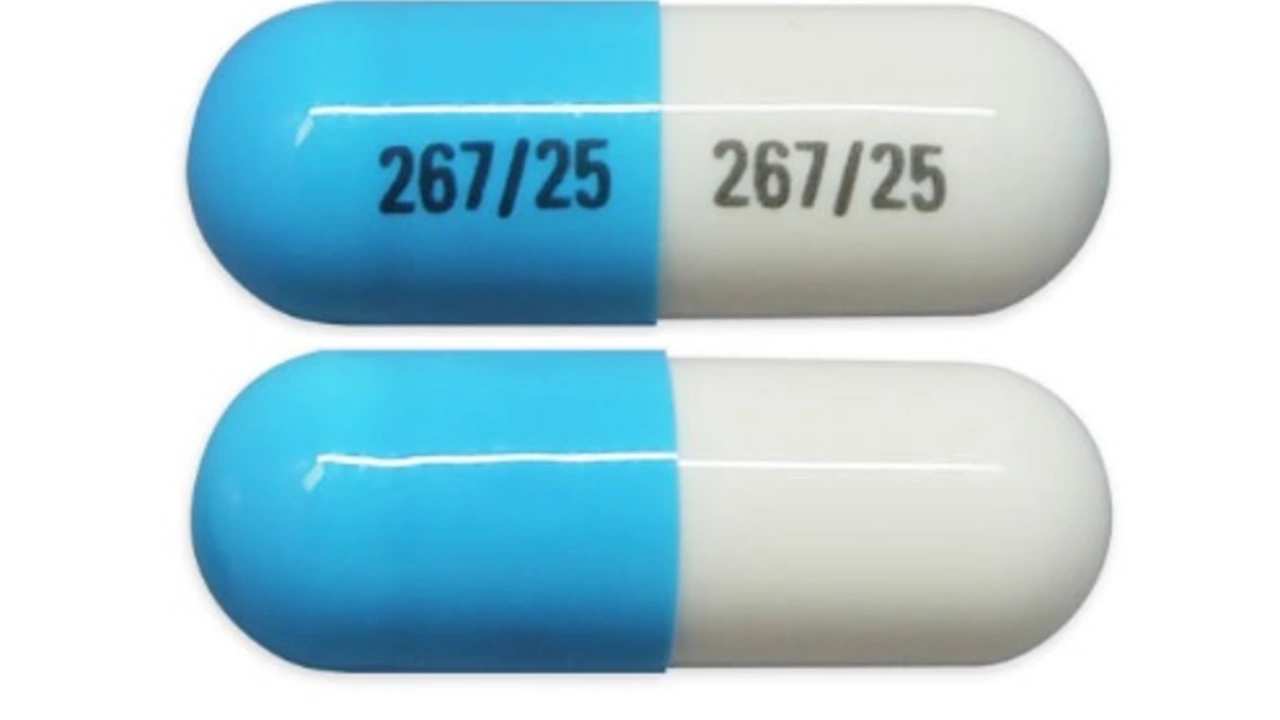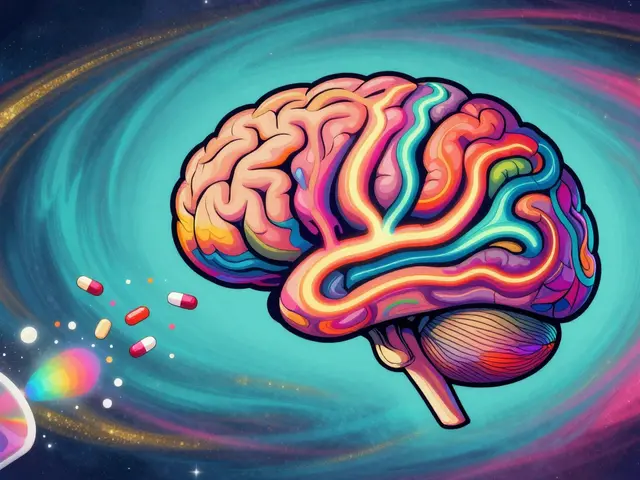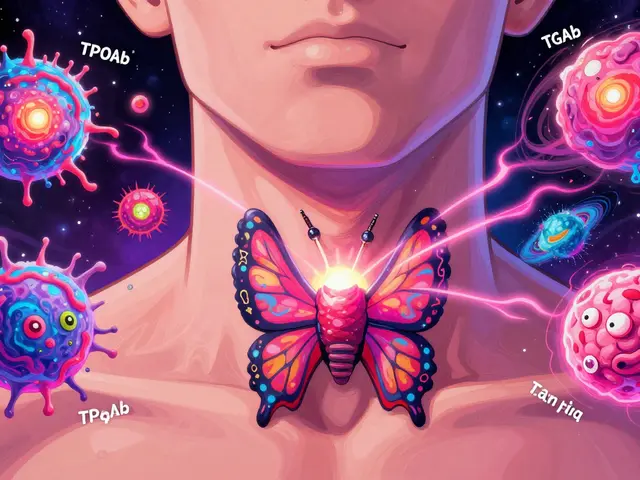Understanding Atomoxetine: What You Need to Know
If you’ve heard the name atomoxetine but aren’t sure what it does, you’re in the right place. It’s a prescription medicine sold under the brand name Strattera and a few others. Unlike stimulants that many people associate with ADHD, atomoxetine belongs to a class called norepinephrine reuptake inhibitors.
That sounds technical, but the idea is simple: it keeps more of the brain chemical norepinephrine around longer, which helps improve focus, impulse control and mood for many folks with attention‑deficit/hyperactivity disorder (ADHD). It works whether you’re a child, teen or adult, and doctors often pick it when stimulants aren’t suitable.
How Atomoxetine Works
The brain uses norepinephrine to stay alert and organized. Normally, nerve cells grab the chemical back up quickly after a signal is sent. Atomoxetine blocks that “re‑uptake” step, so the signal stays stronger for a longer time. The result is steadier attention and fewer spikes of impulsivity.
Because it’s not a stimulant, atomoxetine doesn’t give you a quick “kick”. You won’t feel a buzz or sudden surge of energy. Instead, the benefits build up over a few weeks. That gradual effect can be an advantage if you’re sensitive to jittery feelings from stimulants.
Common Side Effects & Safety Tips
Like any medicine, atomoxetine has side effects. The most frequent ones are stomach upset, decreased appetite, and mild fatigue. Some people notice a dry mouth or slight dizziness. These usually get better after the first few weeks.
A less common but serious issue is an increase in blood pressure or heart rate. If you have a history of heart problems, your doctor will monitor you closely. Also, there’s a small risk of mood changes or suicidal thoughts, especially in younger patients. Talk to your clinician right away if you feel unusually sad, anxious or notice new aggressive behavior.
To keep things safe:
- Take the pill exactly as prescribed—usually once or twice a day with food.
- Don’t skip doses; missing a dose can cause withdrawal‑like symptoms.
- Check your blood pressure and weight regularly, especially during the first month.
- Avoid alcohol if you’re prone to dizziness.
Most people find atomoxetine works well after 4–6 weeks of consistent use. If you don’t notice improvement by then, ask your doctor about adjusting the dose or trying a different treatment.
Remember, medication is just one piece of ADHD management. Combining atomoxetine with behavioral strategies, good sleep habits and a balanced diet often gives the best results.
If you’re curious whether atomoxetine might fit your situation, schedule a chat with a healthcare provider. Bring a list of any other meds you take and be ready to discuss your daily routine—this helps the doctor decide the right dose for you.
Bottom line: atomoxetine offers a non‑stimulant route to better focus and steadier mood. It’s not a magic pill, but with proper use it can smooth out many of the daily challenges that come with ADHD.
Atomoxetine and Sensory Processing: What to Know
After researching Atomoxetine's effects on sensory processing, I've come across some significant findings. This medication, typically used for ADHD, seems to have a substantial impact on how the brain processes sensory information. It's particularly beneficial in reducing hypersensitivity and improving focus, making it easier for individuals to interact with their surroundings. However, it's also important to note that like any medication, Atomoxetine can have side effects and its use should be monitored by a healthcare professional. Stay tuned for more updates on this fascinating topic!






